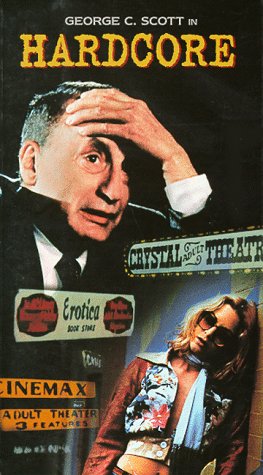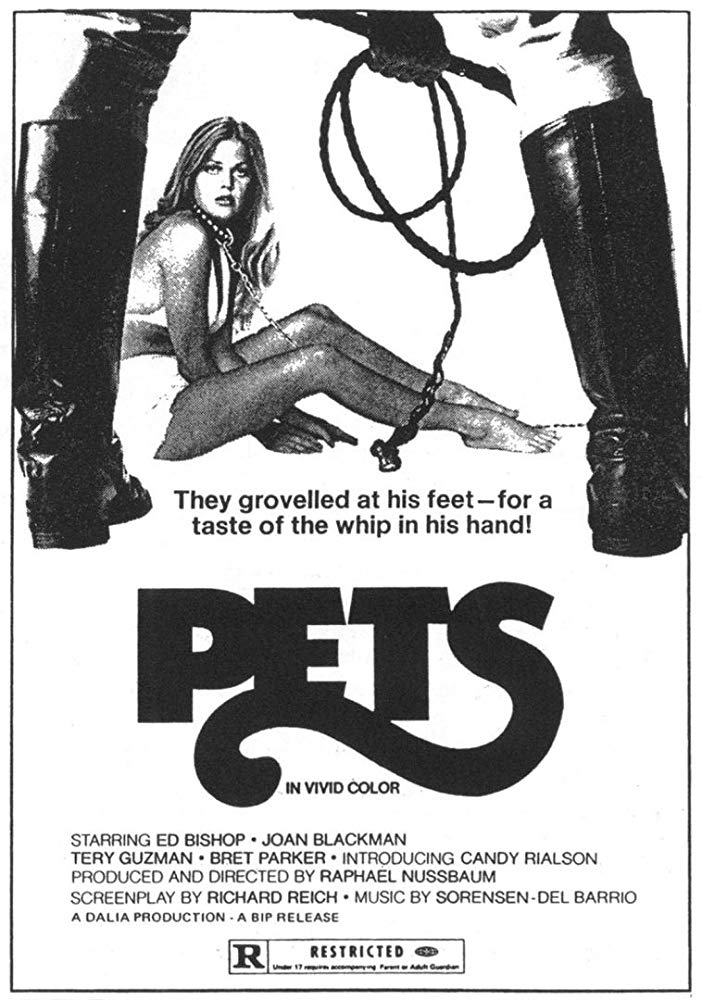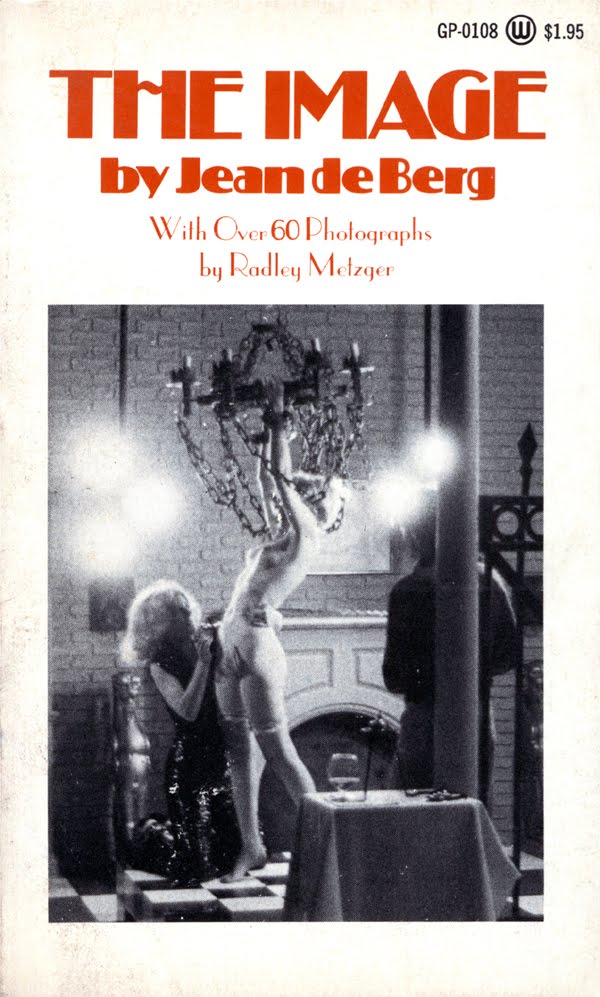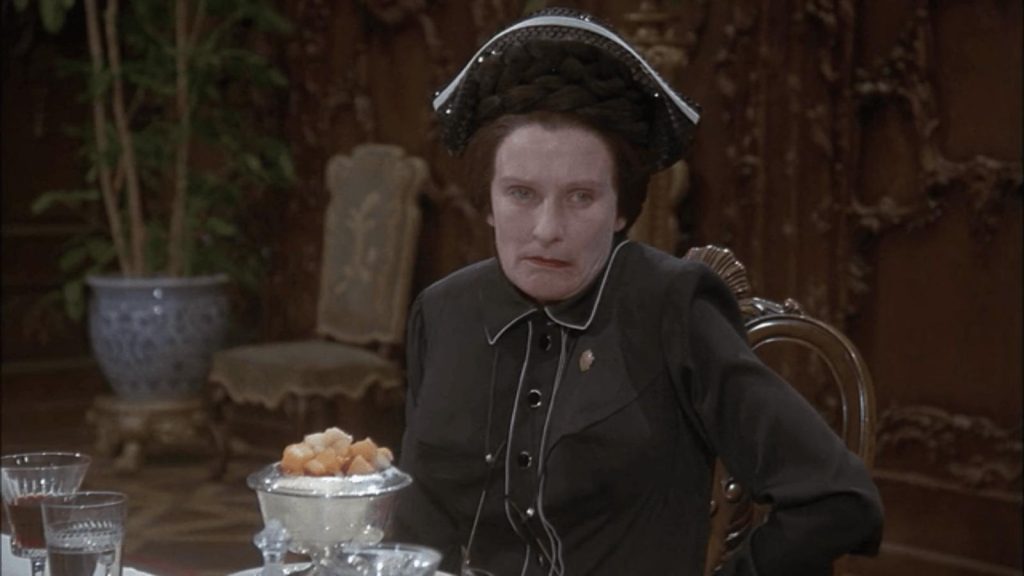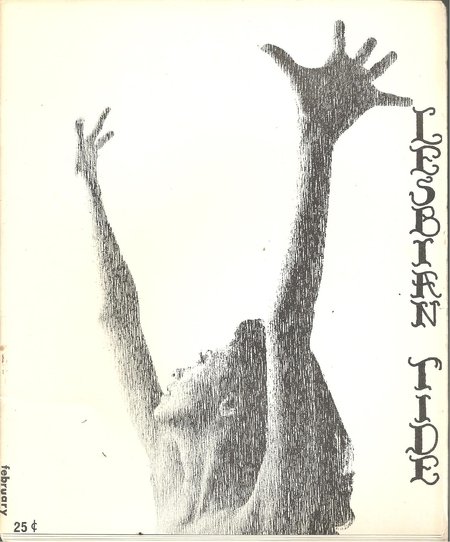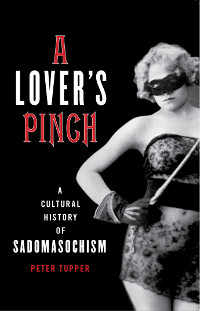
In my discussion of Pets, I neglected to mention that it was based on an off-Broadway play. The Temple of Schlock has a post on the history of the original work and its adaptation into film.
Pets was originally three one-act plays, first produced in May 1969, all based on the idea of women being kept as pets.
It’s not surprising that few critics gave PETS a clean bill of health. Newsday‘s George Oppenheimer summed it up by writing, “Mr. Reich has given us three playlets which, to put it kindly, stagger the imagination,” while Daphne Kraft of the Newark Evening News commented, “PETS, the three one-act satchels of emotion which got hurled on the stage of the Provincetown Playhouse last night, suffers from bad dialogue. The plays sizzle like wet firecrackers and make all of life look like exercises in hysteria.” In the Manhattan Tribune, Clayton Riley wrote, “Nothing to recommend but a superb air-conditioning unit at the Provincetown. Doubtless it will outlive, by a good while, Richard Reich’s slender trio.” Worst of all were the opinions of a critic in Cue: “Richard Reich is a playwright who has discovered a fascinating new toy — sadomasochism. So enthralled is he by the S&M mystique of discipline, power, sexual mastery and submission, torture and self-flagellation, that he has written no less than three one-acters in which people cage, whip, stab, and rape each other with gay abandon, all the while pontificating in language duller than an Abnormal Psych textbook.”
The film combined the three young women characters into one character, Bonnie, combined two older women into Geraldine, and added a few other scenes.
